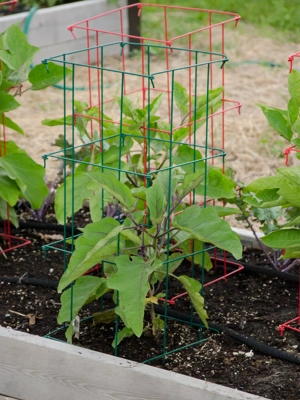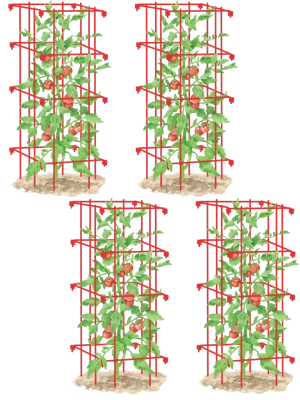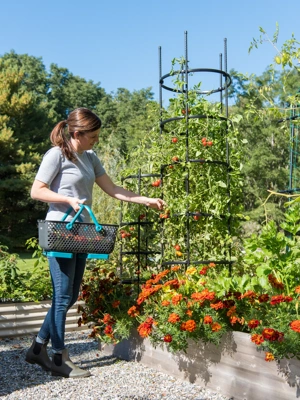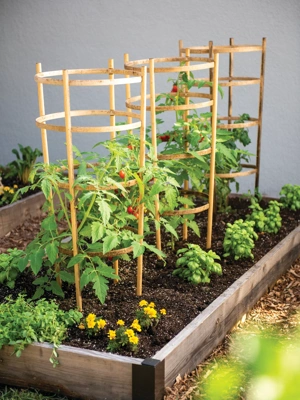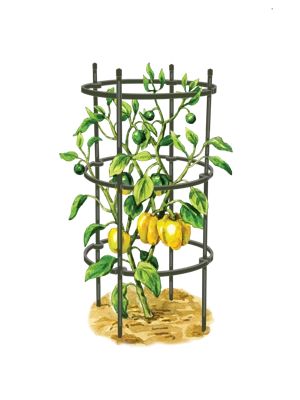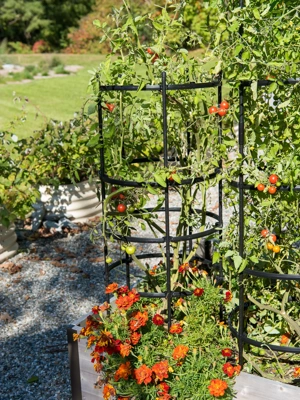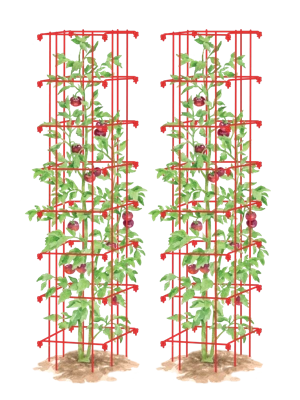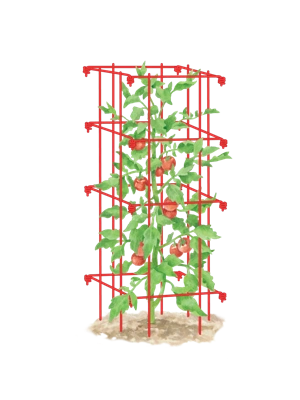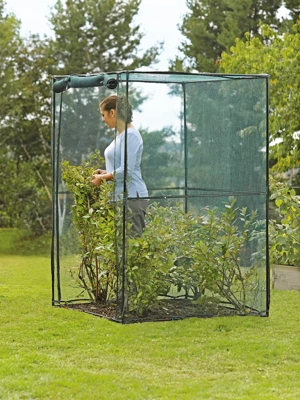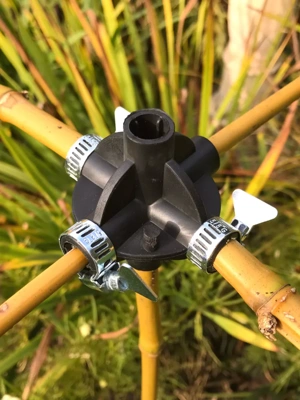Tips for Siting Your New Veggie Garden

Starting a new vegetable garden? In gardening as well as real estate, it's all about location, location, location! Before you start sowing spinach and transplanting tomatoes, make sure your garden is positioned in the best place possible.
4 Things To Consider When Planning a New Vegetable Garden
1. Sunlight
Most vegetables need full sun — at least six hours of direct sunlight — to produce their best. Observe your landscape at different times of day to determine what area gets the most sun throughout the middle part of the day. Generally speaking, areas with southern and/or western exposure get the most full sun.
2. Soil
Unless you're building a rain garden or hoping to create a bog full of wetland plants, you'll want to choose an area that is well-drained and slighly elevated. Almost all our veggies and herbs grow best in rich, loose, and well-drained soil. Areas that take a long to dry or are consistently soggy, are not ideal. If you're converting lawn to garden, observe where the grass in growing the best — that's a clue that the soil is deep and healthy.
No such space available? That's ok! Instead of planting in-ground, garden in a raised bed or elevated raised bed. Then, you can fill them with high-quality soil of your choosing.
3. Water
New seedlings will need water nearly every other day until they get established, and even mature plants will need supplemental watering during dry spells. Try to locate your garden near a water source, if possible. Install soaker hoses at planting time and use a timer to make watering a snap.
4. Wind
Strong winds dry out seedlings, erode nutrient-dense topsoil, and can topple tall plants and trellises. For especially windswept regions, consider siting your garden with a building, row of shrubs, or fencing on the north or northwest side of the garden — this will help block the wind without shading out the sun. Keep your garden well-mulched with straw, shredded leaves, or compost to prevent your garden beds from drying out.
 Peppers, beets, and carrots, oh my! Photo: Suzanne DeJohn
Peppers, beets, and carrots, oh my! Photo: Suzanne DeJohn
Cages and straw mulch protect tomatoes from high winds. Photo: Suzanne DeJohn
Last updated: 02/08/2024
Print this Article:
Related items
Get the Dirt
Stay up to date on new articles and advice. Please fill out the information below.


